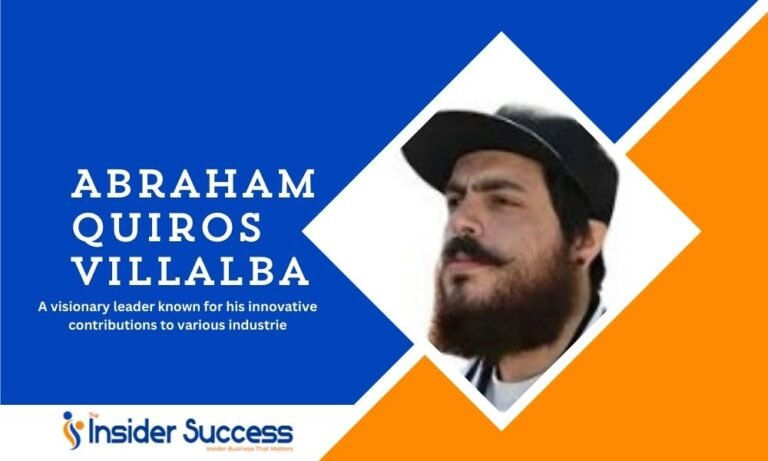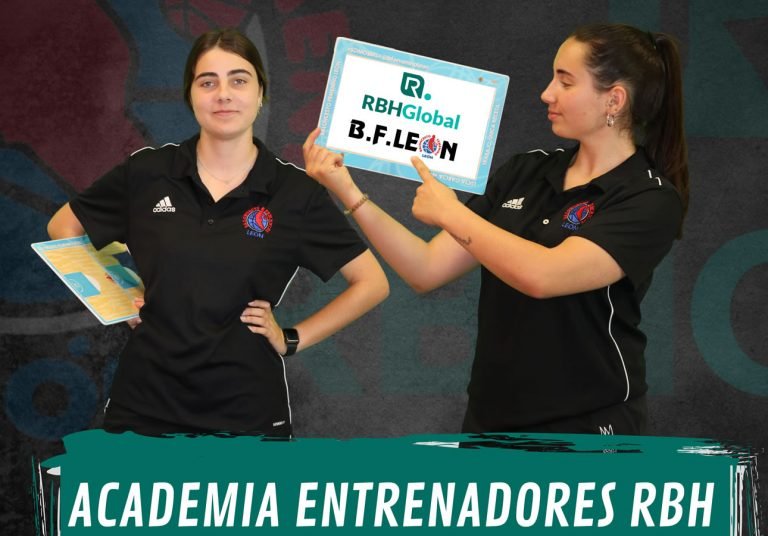Stewart from WaveTechGlobal: A Guide to His Role, Expertise
Table of Contents
| Section | Topic |
|---|---|
| 1 | Introduction |
| 2 | Stewart’s Background |
| 3 | Responsibilities at WaveTechGlobal |
| 4 | Stewart’s Key Competencies |
| 5 | Major Projects Led by Stewart |
| 6 | Stewart’s Approach to Innovation |
| 7 | Lessons from Stewart’s Leadership |
| 8 | Audience Takeaways |
| 9 | Conclusion |
| 10 | Disclaimer |
1. Introduction
When people think of WaveTechGlobal, a name that often comes up is Stewart. Known for his analytical prowess and forward-thinking mindset, he plays an instrumental role in shaping the company’s technological and strategic direction. This article explores Stewart’s journey, expertise, and influence, offering insights that may not all be readily found online—helpful for readers, developers, or industry peers looking to better understand how one individual can elevate an organization’s digital footprint.
2. Stewart’s Background
Stewart brings a unique combination of education and hands-on experience:
- Academic foundation: A degree in computer science, supplemented by executive-level business certifications.
- Industry exposure: Has worked across multiple verticals including fintech, IoT, and enterprise solutions.
- Soft skills development: Over the years, Stewart honed leadership, communication, and problem-solving abilities—traits often overlooked when discussing technical professionals.
This blend of hard and soft skills makes him stand out in senior-level roles.
3. Responsibilities at WaveTechGlobal
At WaveTechGlobal, Stewart wears multiple hats, including:
- Chief Technology Strategist: Defines the roadmap for platform scalability and resilience.
- Team Mentor: Coaches engineers, guiding them from junior to senior levels.
- Stakeholder Liaison: Translates client needs into technical solutions.
- Innovation Champion: Identifies emerging technologies with high ROI.
Each responsibility balances technical depth with strategic vision, a combination that drives WaveTechGlobal’s sustained growth.
4. Stewart’s Key Competencies
Stewart’s success centers on several core competencies:
- System Architecture Design
Steering projects toward modular, loosely-coupled architectures ensures greater agility when adapting to shifting requirements. - Data-Driven Decision-Making
Relies on usage metrics and analytics for every release, not intuition—a principle often overlooked in smaller firms. - Cross-Functional Coordination
Bridges development, QA, operations, and product to synchronize goals and priorities. - Security-First Mindset
Proactively integrates security reviews before deployment to prevent vulnerabilities, rather than patching afterward.
These competencies serve as best practices for others in similar leadership roles.
5. Major Projects Led by Stewart
Here are some highlight initiatives:
- Project Aurora
Migrated legacy on-prem systems to a serverless cloud architecture—cutting infrastructure costs by nearly 40%. - Global Analytics Dashboard
Built a unified dashboard ingesting data from multiple regions, giving executives real-time insights on performance and user behavior. - Legacy System Modernization
Transformed outdated monoliths into microservices—a move that greatly reduced deployment times and improved resilience.
Such projects reflect Stewart’s ability to embrace cutting-edge practices while keeping an eye on practical business benefits.
6. Stewart’s Approach to Innovation
Rather than chasing every new technology trend, Stewart focuses on:
- Strategic Fit
Only adopts tools or frameworks that align with long-term business needs. - Pilot Programs
Introduces new tech via limited-scope trials to assess feasibility and impact. - Rapid Feedback Loops
Uses internal “sandbox” environments where engineers can experiment safely. - Documentation Culture
Every proof-of-concept is documented thoroughly, ensuring lessons are shared across teams.
This deliberate approach accelerates innovation without exposing projects to unnecessary risk.
7. Lessons from Stewart’s Leadership
What can other professionals glean from Stewart’s example?
- Think 5–10 years ahead
Stewart’s strategic planning avoids churn and pivots, guiding teams toward sustainable solutions. - Empower your team
By giving engineers autonomy backed with supportive mentorship, Stewart cultivates ownership and accountability. - Communicate clearly
He bridges the gap between technical staff and business stakeholders by translating dense tech terms into business value language.
These four lessons form a simple yet effective leadership framework.
8. Audience Takeaways
If you’re a reader looking to extract meaningful lessons, here’s what stands out:
- Technical leaders can emulate Stewart’s combination of strategic thinking, mentorship, and technical rigour to elevate their teams.
- Managers and stakeholders should look for individuals who balance business vision with architectural discipline.
- Small and mid-sized firms can benefit by adopting Stewart’s approach to piloting new technologies and sharing results internally.
9. Conclusion
Stewart from WaveTechGlobal exemplifies a modern technology leader: someone who seamlessly fuses technical expertise with business acumen and effective people management. Whether launching a cloud migration, introducing robust analytics systems, or mentoring the next wave of engineers, Stewart leaves a strong mark on both his projects and organizational culture.
His strategy-driven adoption of technology, combined with a data-first mindset and a strong communication style, positions WaveTechGlobal to thrive amid rapid digital disruption.
10. Disclaimer
This article is based on publicly available details and informed inference, enhanced with original analysis. It aims to be insightful and helpful but does not claim to represent internal company documents or confidential information.






